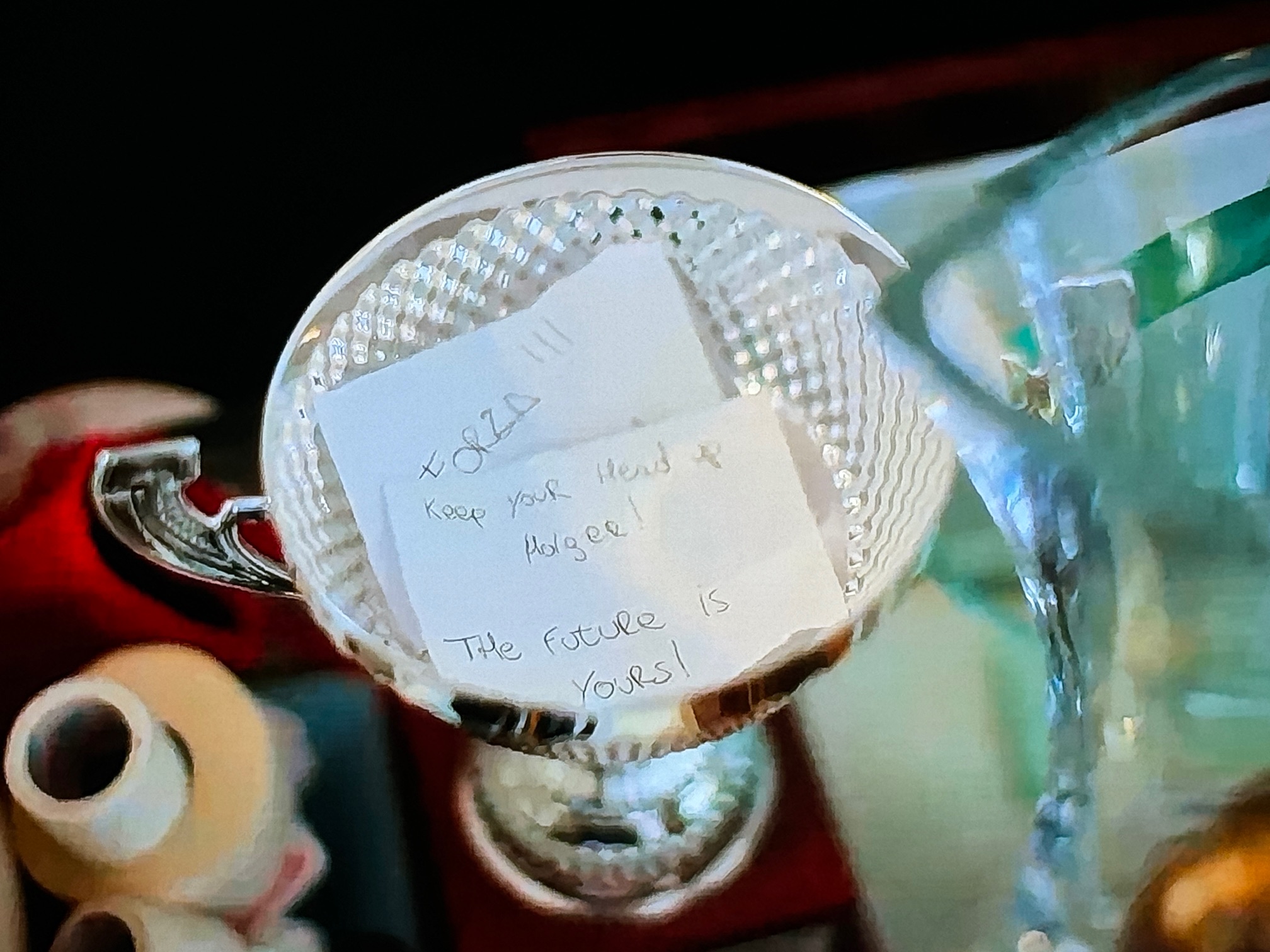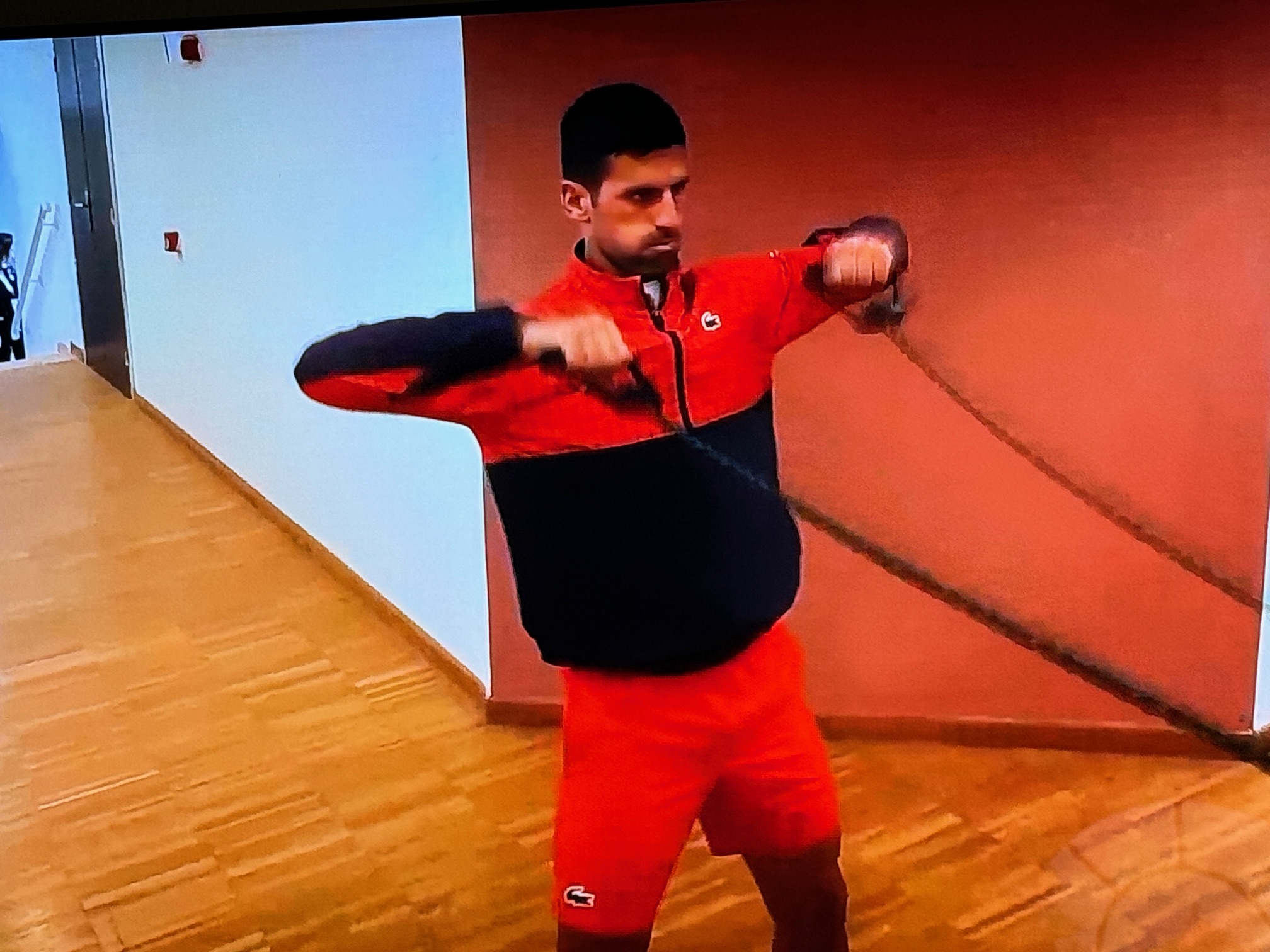Over the past few months, there has been a surge of media interest in “immersive virtual reality cognitive training” for tennis. Part of the buzz comes from Martina Navratilova who is a partner with Sense Arena, the developer of a system for virtual reality training in sports. Navratilova was heavily involved with promoting the technology to private groups during the US Open this year.
VR training technology has arguably enjoyed its greatest success in hockey. Sense Arena claims that 30 professional teams worldwide, including five in the NHL, use their products. The primary hockey application is for goalies who use the Sense Arena system to improve recognition and reaction time to incoming shots.
For tennis, haptic feedback is used to simulate the impact and vibration that occurs when the racquet hits a tennis ball. Striking the ball with different grips and swing paths creates a different sensation for the player. This means it may be possible to repeatedly drill things like the optimal strike point of the ball, reinforced by the “feel” provided by the haptic feedback.
One current application is a groundstroke drill that allegedly tests accuracy. To do that, the VR system uses a virtual court broken into quadrants identified by four distinct colors. As shots come over the net toward the VR player, color-coded instructions on where to hit the ball are provided. The system then determines whether the return “hit” the correct spot based on the player’s stroke mechanics.
Other tennis drills in the Sense Arena system include one for reaction time as well as volley technique. Navratilova believes that the system delivers valuable training for rapid-eye movement, anticipation, and building quick reflexes. Of course, she is presumably paid to make that claim. Financial details of Navratilova’s partnership with Sense Arena have not been publicly disclosed.
The list of players that demoed the system at the US Open is fairly impressive. Jack Sock, Jennifer Brady, Brandon Nakashima, and Matteo Berrettini all took it for a spin. Since that time, I have noticed a continuous smattering of news stories highlighting other players who are also dabbling with VR training.
Thinking about the potential of the technology, it would also lend itself to a progressive evolution of scouting reports and analytics. Receiving statistics about an opponent’s tendencies in specific match situations is one thing. It would be decidedly better to “see” what it looks like through the eyes of a VR system.
Immersive virtual reality cognitive training is an emerging technology that might someday transform tennis match preparation.
- Martina Navratilova-Backed Virtual Reality Platform May Be A Game-Changer For Cognitive Training In Tennis, Matt Rybaltowski, Forbes, September 9, 2022.



